Let’s explore how windows and daylighting can be used to conserve energy and illuminate your home with natural light.
As a child, I remember waking up to the sound of birds chirping outside my window. The warmth of the sun would peek through my curtains, signaling the start of a new day.
It was a comforting feeling I took for granted until I moved into my first apartment with small windows facing a brick wall.
It wasn’t until years later when I started working in the house window industry that I realized how much natural light impacts our lives. Not only does it affect our mood and productivity, but it also plays a significant role in energy conservation.
In this blog post, we’ll explore the importance of daylighting and how windows can help you save on your energy bills while bringing more natural light into your home. So sit back, relax, and let there be light!
Daylighting Benefits

Daylighting is the practice of using natural light to illuminate indoor spaces. It’s not just about reducing energy consumption; it also has numerous benefits for our health and well-being.
Exposure to natural light can improve our mood, increase productivity, and even regulate our sleep patterns.
As I learned more about daylighting in my work as a house window industry professional, I realized how much I had missed out on living in an apartment with small windows during those years. The lack of natural light had affected my mood and made me feel disconnected from the outside world.
But now that I understand the importance of daylighting, both for energy conservation and personal well-being, it’s become a passion of mine to share this knowledge with others. By choosing windows that allow ample amounts of sunlight into your home or office space while minimizing heat loss or gain through proper insulation techniques like double glazing or low-e coatings on glass surfaces – you can enjoy all these benefits without sacrificing comfort!
Window Technologies
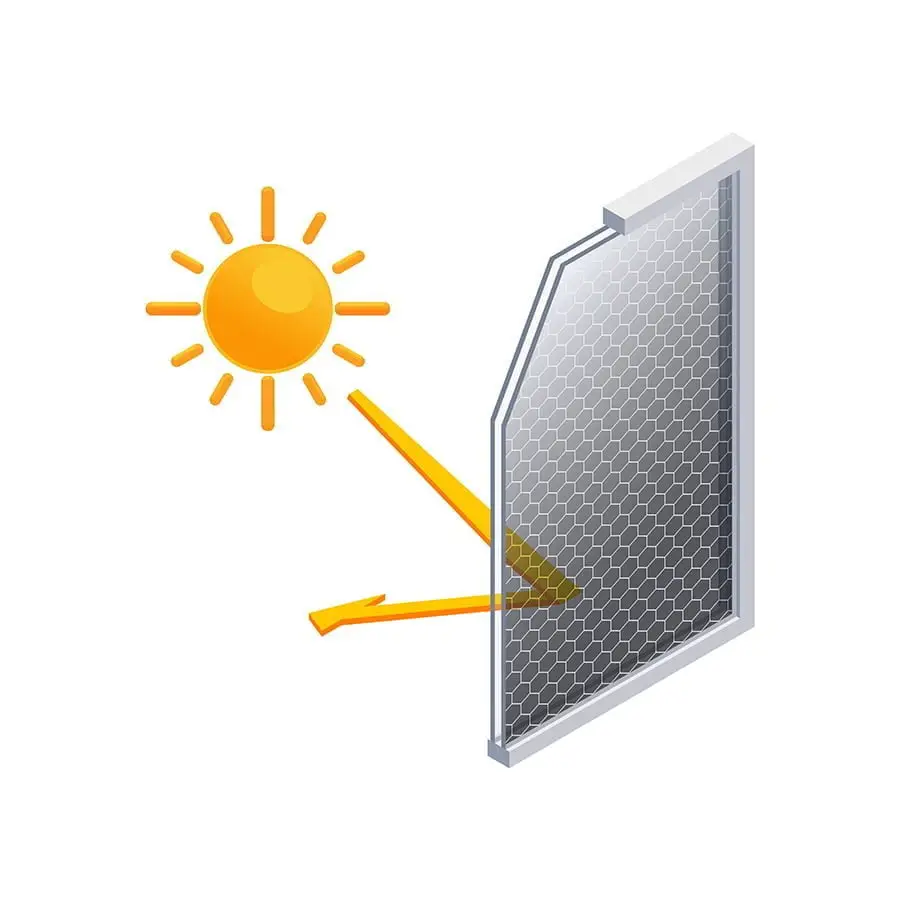
From single-pane to double-pane and now triple-pane windows, manufacturers are constantly improving their products to meet the demands of energy-conscious consumers.
One technology that has gained popularity in recent years is low-emissivity (low-e) coatings. These coatings are applied to the glass surface and help reduce heat transfer through windows while still allowing natural light into your home.
This means you can enjoy all the benefits of daylighting without sacrificing energy efficiency.
But it’s not just about choosing the right type of window; it’s also important to consider its placement in your home. South-facing windows receive more sunlight than north-facing ones, so placing high-performance glazing on these sides can maximize solar gain during winter months while minimizing heat loss.
By investing in modern window technologies and strategically placing them throughout your home, you can harness natural light for both aesthetic appeal and energy conservation purposes – just like how I did when I upgraded my apartment with larger south-facing windows that let me wake up every morning feeling refreshed by nature’s beauty!
Energy Conservation
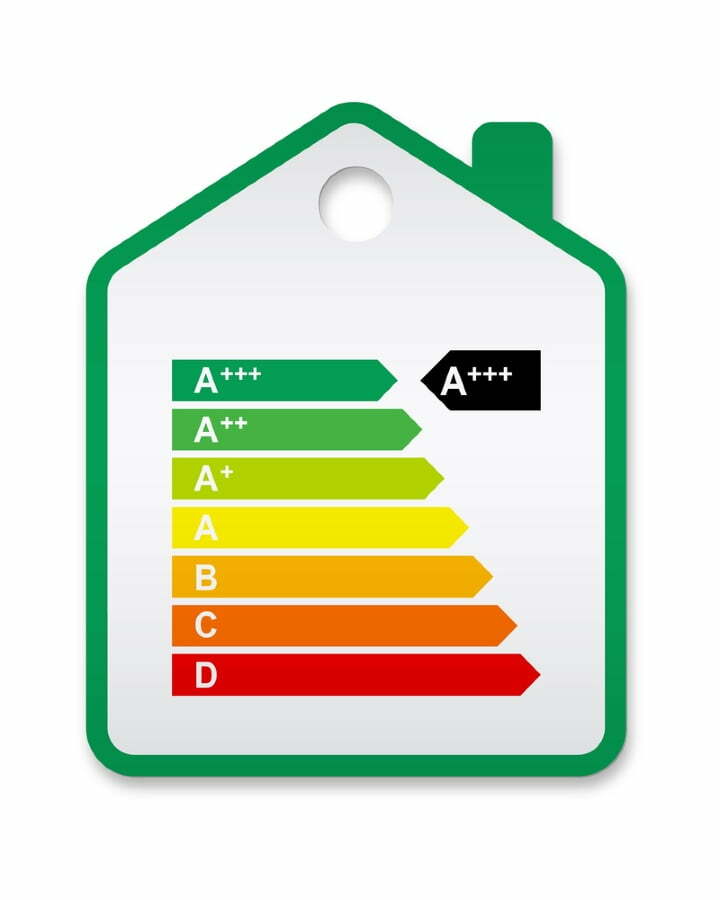
Energy conservation is a hot topic these days, and for good reason. Not only does it help reduce our carbon footprint, but it also saves us money on our energy bills.
As someone who has experienced the difference between living in a dark apartment versus one filled with natural light, I can attest to the impact that windows have on both energy consumption and quality of life.
When I first moved into my small apartment with limited window space, I found myself turning on lights during the day to brighten up my living space. It wasn’t until later when I started working in the house window industry that I realized how much artificial lighting contributes to energy consumption.
By incorporating more windows into your home design or upgrading existing ones with high-performance glass options like low-E coatings or insulated glazing units (IGUs), you can significantly reduce your reliance on artificial lighting while still maintaining comfortable indoor temperatures year-round.
Not only do well-designed windows allow for more natural light penetration throughout your home’s interior spaces; they also provide better insulation against heat loss during colder months and heat gain during warmer months – all of which contribute positively towards reducing overall household energy usage.
So if you’re looking for ways to save money while improving your quality of life at home – let there be light!
Passive Solar Design

Passive solar design is a technique that utilizes the sun’s energy to heat and light homes. It involves designing a building in such a way that it maximizes natural light while minimizing the need for artificial lighting and heating.
This approach reduces energy consumption and creates an environment that is comfortable, healthy, and aesthetically pleasing.
As I delved deeper into my work in the house window industry, I realized how crucial passive solar design was to achieving optimal daylighting. By strategically placing windows on south-facing walls or using skylights to bring more natural light into darker areas of your home, you can reduce your reliance on electric lights during daylight hours.
But it’s not just about adding more windows; it’s also about choosing the right type of window. Low-E glass coatings can help control heat gain during summer months while allowing ample sunlight through in winter when you want warmth from direct sunlight.
Incorporating passive solar design principles into your home may require some upfront investment but will pay off over time with lower utility bills and increased comfort levels throughout all seasons of the year – making “Let there be Light” much more than just an expression!
Glazing Materials
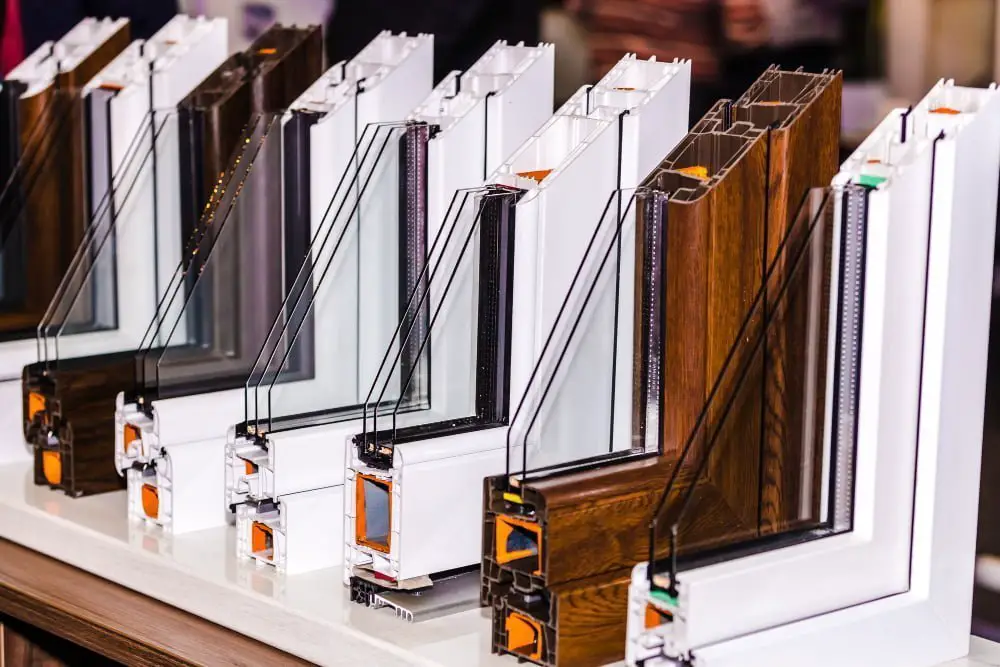
When it comes to windows and energy conservation, the type of glazing material used can make a significant difference. In simple terms, glazing refers to the glass or plastic layer that covers a window frame.
The right choice of glazing material can help reduce heat loss during winter months while keeping your home cool in summer.
As I learned more about windows and daylighting, I discovered that there are several types of glazing materials available on the market today. Some popular options include double-pane glass with low-emissivity coatings (Low-E), triple-pane glass for added insulation, and even smart-glass technology that adjusts its tint based on sunlight exposure.
Choosing the right type of window for your home depends on various factors such as climate zone, orientation towards sunlight exposure throughout different times in a day/year etc., but one thing is certain – investing in high-quality windows with efficient glazing materials will not only save you money but also improve your quality of life by bringing more natural light into your living space.
So if you’re looking to upgrade or replace old inefficient windows at home or office building- consider choosing energy-efficient options like Low-E coated double pane glasses which offer excellent thermal performance without sacrificing natural light transmission!
Light Shelves and Reflectors

One of the most effective ways to maximize natural light in your home is by using light shelves and reflectors. These devices are designed to redirect sunlight deeper into a room, reducing the need for artificial lighting during daylight hours.
As I learned more about these products, I couldn’t help but think back to my old apartment with its small windows. If only I had known about light shelves and reflectors then! Not only would they have brightened up my space, but they also could have helped me save on energy costs.
Light shelves work by reflecting sunlight onto a horizontal surface that bounces it further into the room. Reflective films or coatings can be applied directly onto window glass as well.
Meanwhile, reflectors are installed above windows and use mirrors or other reflective materials to direct sunlight downwards.
By incorporating these simple yet effective solutions into your home’s design, you can enjoy all the benefits of natural daylighting while reducing your carbon footprint while truly letting there be light!
Skylights and Roof Windows
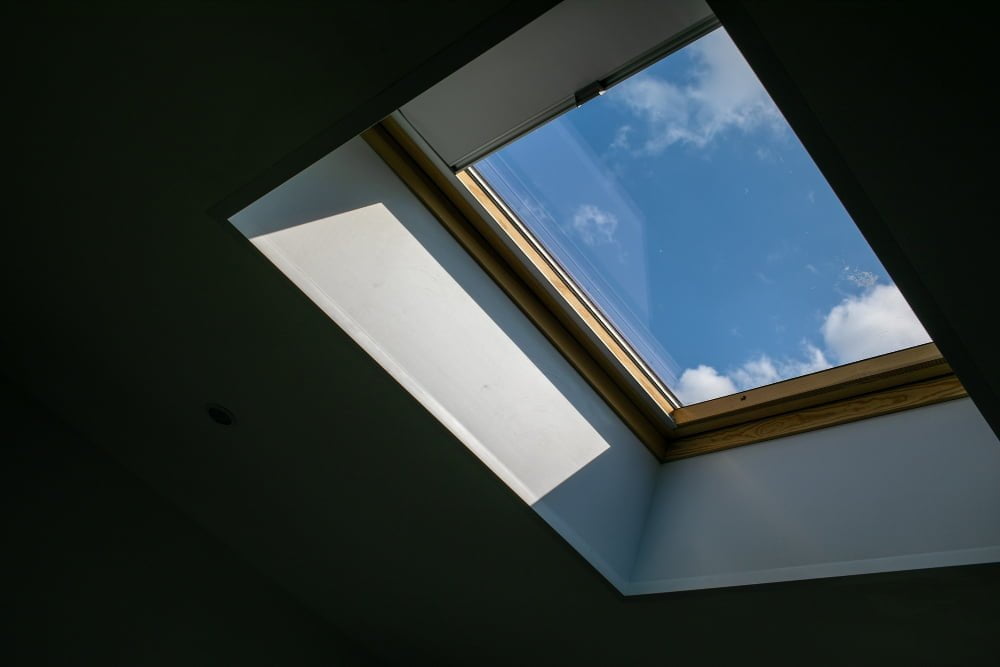
If you’re looking to bring more natural light into your home, skylights and roof windows are a great option. Not only do they provide additional daylighting, but they can also help reduce the need for artificial lighting during the day.
I remember visiting a friend’s house that had a beautiful skylight in their kitchen. It was like stepping into another world – the room felt brighter and more inviting than any other kitchen I’d been in before.
And as we sat down for lunch, my friend mentioned how much money she saved on her energy bills since installing it.
Skylights and roof windows work by allowing sunlight to enter through your roof instead of just through traditional wall-mounted windows. This means that even if you have limited wall space or live in an apartment building with no exterior walls facing south (where most sunlight comes from), you can still enjoy all of the benefits of natural light.
But before installing one yourself, it’s important to consider factors such as location (south-facing roofs receive more direct sunlight), size (too large or too small could affect energy efficiency), and insulation requirements (to prevent heat loss during colder months).
Adding skylights or roof windows is an excellent way to increase daylighting while reducing your carbon footprint – not to mention creating a stunning focal point in any room!
Window Placement Strategies
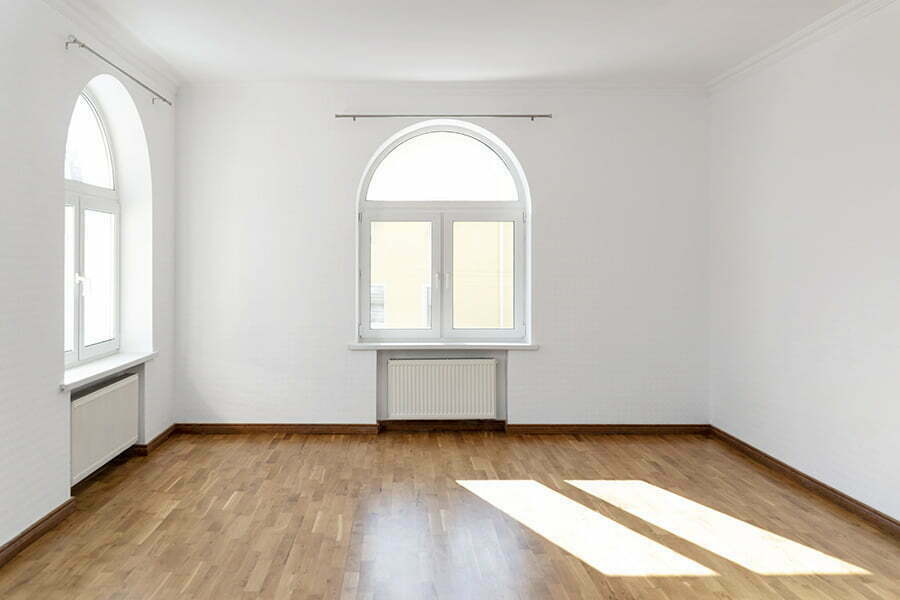
When it comes to maximizing natural light in your home, window placement is key. As I learned from my experience with the small windows facing a brick wall, the location of your windows can greatly impact how much daylight enters your space.
One strategy for optimal window placement is to consider the orientation of your home. South-facing windows tend to receive more direct sunlight throughout the day, while north-facing windows receive less intense and more diffused light.
East-facing windows are ideal for morning sun exposure, while west-facing ones are best for afternoon sun.
Another consideration is room function. For example, if you spend most of your time in a particular room during certain hours of the day when there’s ample sunlight available outside (such as a living room or office), then placing larger or additional south- or east-facing windows could help reduce energy consumption by reducing reliance on artificial lighting.
By strategically placing and sizing house windows based on these factors and others unique to each property’s layout and design goals – such as privacy concerns – homeowners can maximize their use of natural daylighting without sacrificing comfort or style.
So whether you’re looking to save money on energy bills or want brighter spaces that feel welcoming all year round like those childhood mornings I remember so fondly; let there be light!
Related Stories
- Maximizing Natural Light with Energy-efficient Windows: Brightening Your Home
- Window Orientation and Energy Efficiency: Positioning for Success
- Passive Solar Window Design for Energy Efficiency: Harnessing the Sun
- Best Energy-efficient Windows: Top Picks for a Greener Home
- Window-to-wall Ratio and Energy Efficiency: Finding the Perfect Fit
Recap
